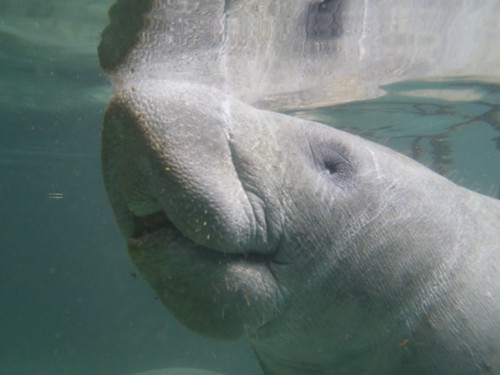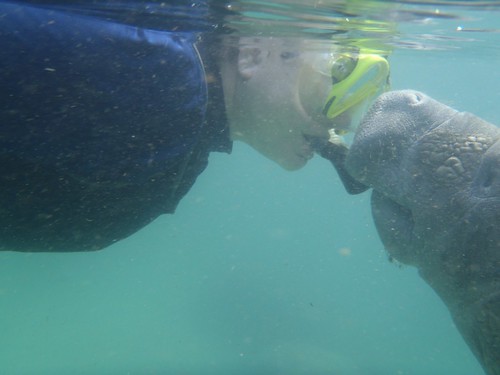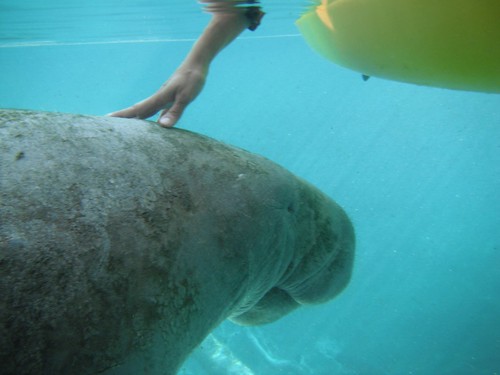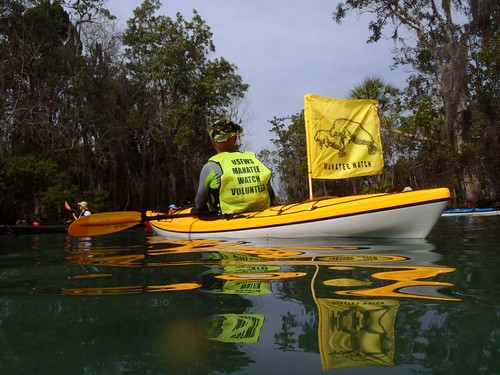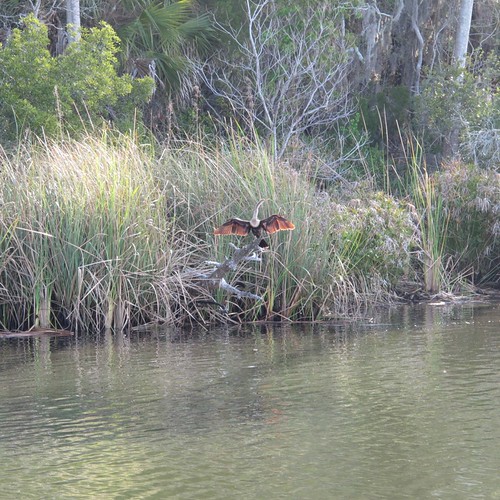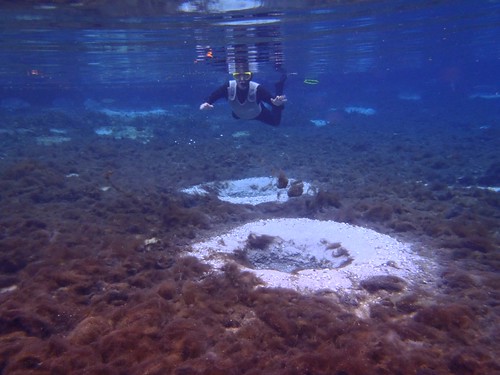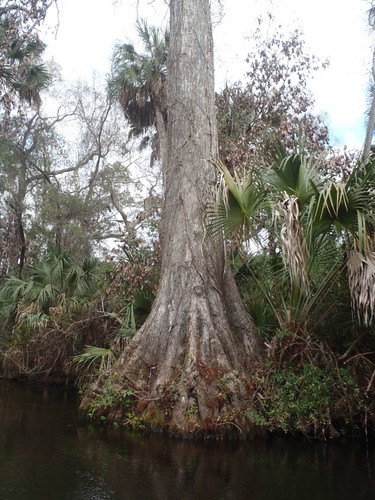I vaguely remember being on rivers, a river, some river, as a child, but this was the first trip I had taken as an adult. I am an ocean girl, surfing, swimming, sea kayaking. If it doesn't have salt in it, I don't get it. As someone who has guided sea kayaking expeditions for years, I was very excited to have the opportunity to be on a river for the first time. This trip was a benefit for a friend of a friend, Kelley Kalafatich, an accomplished paddler who has developed a rare spinal cord injury which has left her with paralysis and severe nerve pain. She is facing challenges greater than I have ever been given. The trip was run by
Don Hatch River Trips who donated the proceeds.
Here are some "notes to self" as one new to a commercial river trip.
What's The Tide Doing?When I got on the water, my first ingrained thought was, 'What is the tide doing? -- ebbing or flowing?'. Ya, so, this is a river, Steph, tide has no appreciable effect. It was amazing to me to be on a piece of water that always flows in one direction. We didn't have to think about tides, but we did happen to hit this river at a flood stage. It was about 10 feet higher than normal for this time of year. No one who had guided the river had seen it this high and fast in 12 years. The CFS (Cubic Feet per Second) is a measure of the rate of flow, or speed of the river, and kind of like the length of a fish that someone has caught (but can't show you) from what I gather. At any rate I heard all kinds of differing measurements, but all agreed it was huge. The rapids became almost unrecognizable to guides familiar with the river. Some estimates were that a normal flow for this time of year might have been 4 - 6,000 CFS and we were supposedly at anywhere between 20 and 30,000. Entire beaches and campgrounds were underwater. There were massive tree trunks and root systems floating down river at what looked to be about 12 - 15 miles an hour.

If it had been just me, soloing down the river, I might not have needed this, but since I was with 22 other people, I would have appreciated having my name on ... everything. I am pretty attached to my gear, and suffered from mild separation anxiety to see it all go into identical dry bags and then get packed onto any one of five boats. I like to think that I am unique, but my sleeping pad certainly is not. One night, my sleep kit dry bag wandered off with other campers. I tried call and response, but no luck, unlike a duckling, it refused to identify itself to it's mother. My own, uniquely painted carabiner or ribbon, to attach to the outside of the dry bag would have been great. Packing for this trip, I looked at my trusty indelible marker around which I wrap a couple of feet of duct tape for emergencies, and thought, Steph -- you are not guiding this trip, put away the CPR mask, the blood pressure cuff, the radio, the repair kit, and the marker. Wrong! Bring the marker.

I am used to a sea kayak, usually no more than 17 feet long and maximum 300 pounds fully loaded. These boats were around seven to nine hundred pounds with gear and people. They have two paddles, not one. Basic terminology those of us new to rafting: when you are on one of these things you are on an "oar boat", you "row" (not paddle), it is an oar (not a paddle), and you are a "boatman" (all of us women just get thrown into the same terminological bucket as the men). When you navigate down a rapid, you can "push in" or "pull in". Before I took a turn in the hot seat, I had a hard time intuitively understanding why one would want to turn their boat and their back to a turbulent piece of water. Once I tried rowing I got it immediately. Women tend to pull and men tend to push into rapids. Most everyone feels that they have more power pulling as you can put your back into it. The power increase is worth having to swing the boat around and go in backwards. Rowing for the first time was so fun. Much of my experience with other kinds of craft translated, but it was different to have two large water-moving devices in the water instead of just one. Turning the boat was a bit like trying to rub my head and pat my stomach at the same time.

The rapids seemed fun and easy until we got to one named "Warm Springs". Normally challenging, it had morphed into a class 5. I don't know the technical definition of a class five exactly but I think it is something like "Bad Things Will Happen If You Mess This Up". The telling signs for me that this was a big piece of water were: 1) all the guides changed out of their shorts and t-shirts and into wet suits 2) some dunked themselves in the river prior to running the rapid -- something I normally do before paddling out to surf, making the assumption I am going to get wet 3) after scouting the rapids many experienced people had dry mouths, their breathing changed and pupils dialated 4) it was a boiling cauldron of water that looked like it could either crush me or hold me under for a long time. It spelled one thing for me: Loss Of Control. I was in an oar boat. What I did not understand prior to coming on this trip is that "river rafting" can mean "sit in a boat and do nothing except hang on while someone else oars you around". This is something I have to work at. I am not good at just sitting. It was a challenging experience for me because it was all out of my hands. I had the utmost confidence in my guide. He was a wonderful fellow, all experience and muscle. There was one move in the rapid that required considerable strength and skill -- maneuvering around a hole called "Maytag". While I did have to let it all go and just sit there and pray, it did help knowing that the guy rowing could dead-lift over 700 pounds. It was a wonderful experience and even though I had nothing to do with the successful run of the rapid, I shared in the excitement of making it and not having to swim in 48 degree, chocolate-colored, roiling water.
